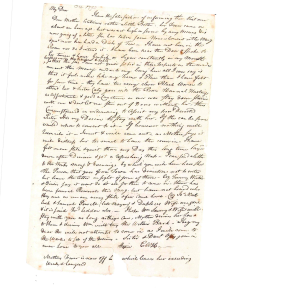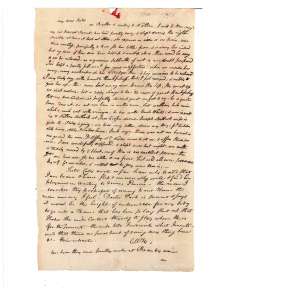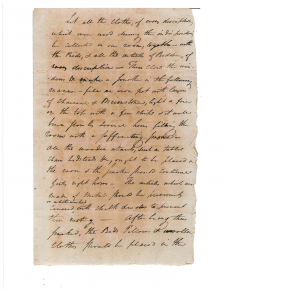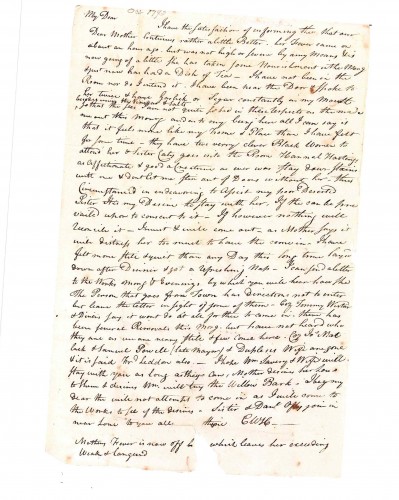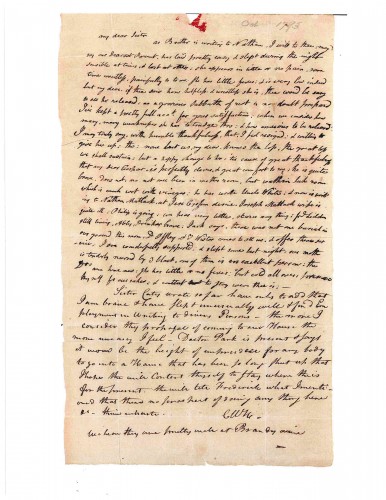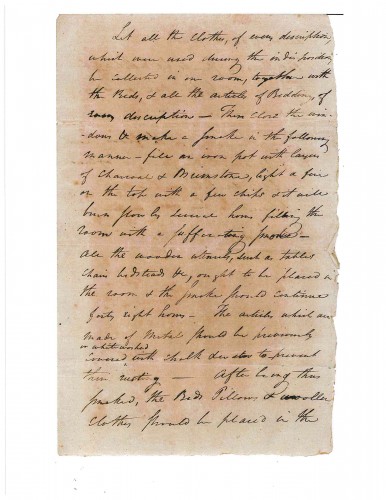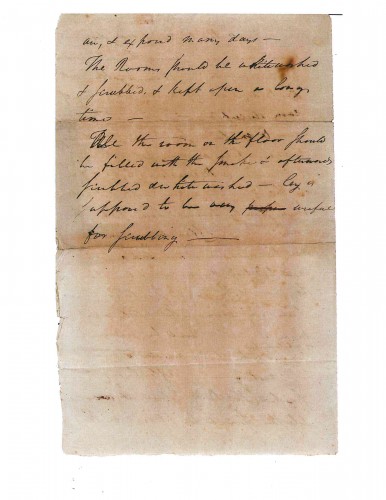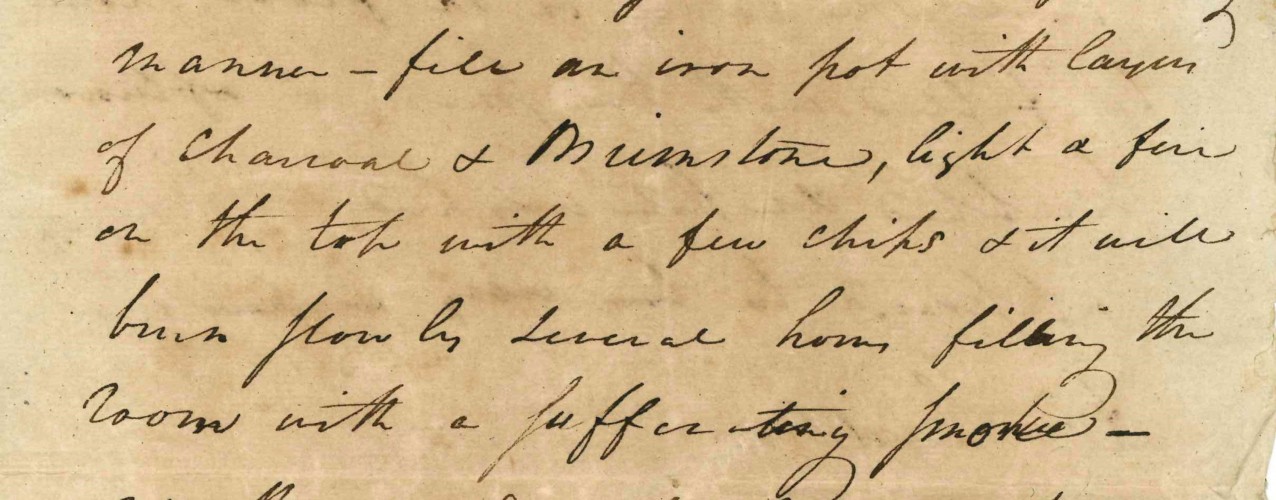Take part in the “Malignant Tale” at home or in the classroom and learn how Caspar Wistar Haines and his family experienced the yellow fever epidemic in 1793. Discover the role of the Free African Society in taking care of Philadelphians during this time of need and the sacrifices they made. Through the personal letters of Philadelphians in our archive, we know what people in 1793 did during a time not too different than ours.
In 1793, Philadelphia was the capital of the newly formed United States. Philadelphia had a population of 50,000 and was considered the center of politics, medicine, and science. However, that particular summer, yellow fever would strike the city killing 5,000 Philadelphians. This caused panic and desperation throughout the city. No one knew what caused it or how it spread. People tried various ways to keep themselves healthy and relied on a variety of medicines and remedies in hopes of curing themselves. Those who stayed in the city often relied on the care and assistance of Black nurses, mobilized via the Free African Society.
The Malignant Tale is an interactive lesson (we encourage the use of sensory engagement) about early U.S. History and the history of Philadelphia. This activity was created for learners in grades 5 through 8 and has content that deals with death, race, and medicine.
The Malignant Tale was made in collaboration with Historic Philadelphia Inc.’s Bloodletting and Burials Story Stroll. These letters are also part of the Wyck Association Collection, which was recently donated to the APS.

